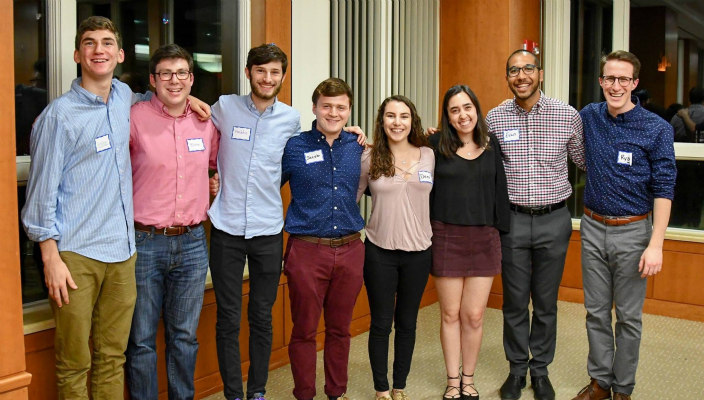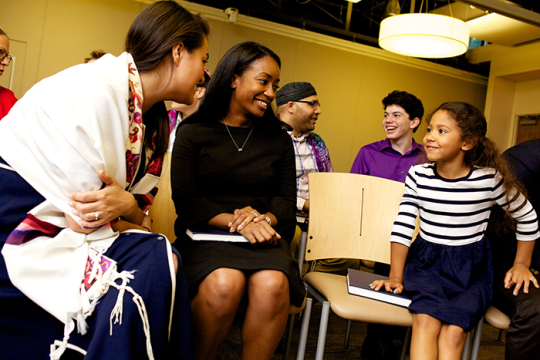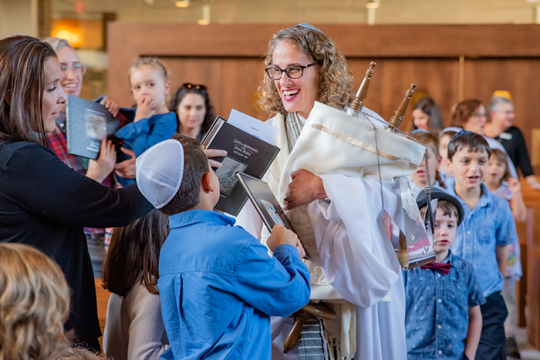
As all college students are painfully aware, we’re in the midst of a chaotic stretch in both our secular and Jewish calendars. In case the stress of summer ending, school starting, and welcome back events isn’t enough, the High Holidays are right around the corner, too. In the next three weeks, Jews worldwide will be celebrating and observing Rosh HaShanah, Yom Kippur, Sukkot, and Sh'mini Atzeret/Simchat Torah.
For college students, the High Holidays are an important opportunity to build community and to start off the new year right. So how do you make your High Holiday services and programs engaging, welcoming, and meaningful? Here are five tips for making this year’s High Holidays a great way to start the year:
1. Introduce new melodies and songs.
Alongside the more traditional parts of the service (looking at you Avinu Malkeinu and Al Chet), don’t be afraid to try some new tunes. Teach a new Hinei Mah Tov, Ahavat Olam, or include a new song from your favorite Jewish (or not!) songwriter. It’s the beginning of the year, so introduce new songs and melodies that can then be used throughout the year.
2. Draw connections to current events, pop culture, and everyday life.
One of the challenges of crafting engaging High Holiday t’filot is that they haven’t changed much in… decades. We change each year, though, and so does the world around us – so when writing and planning your services, draw connections from the liturgy to today’s world through personal and unique texts, poems, and reflections. 2018 has been a year unlike any other, so make your services that way, too.
3. Include as many voices as possible.
Regardless of the format of your services and programming, invite as many people as you can to be involved. Each Jew has a different way of connecting to prayer and to God, and by diversifying the minds and voices that lead, you will be able to reach more people. Ask that new, excited freshman to share a reading, or check in with the senior who just got back from studying abroad. You never know: They might share a viewpoint on Judaism you’ve never considered.
4. Be creative and interactive.
This year, break up the length of services by including a short (or long) interactive aspect to your t’filot. Whether it’s a text study, a group discussion about the past year, or an apples-and-honey taste testing competition, try breaking up the service with something that gets people’s minds and bodies moving.
5. Infuse social action themes or projects.
Remember when your home synagogue collected tzedakah or food items to donate on the High Holidays? Why does that custom have to end? The Holidays are a great time to utilize the strength and generosity of your community, and use your time and energy to practice tikkun olam. Host a food or clothing drive, include readings or conversations about different issues, or help students get registered to vote. Whatever you choose, take advantage of your community’s potential for creating change, and dedicate some time, energy, and/or money to social action.
Whether your High Holiday services draw 300 people or 15, try something new. Rosh HaShanah is often the first impression many Jews get of their campuses’ Jewish community. So this year, find the right balance between kevah (the fixed) and kavanah (intention), and aim high. Here’s a sweet year of learning, growth, and community!
Related Posts

Digital Resources for a Sweet 5784

Repent, Repair, Renew
